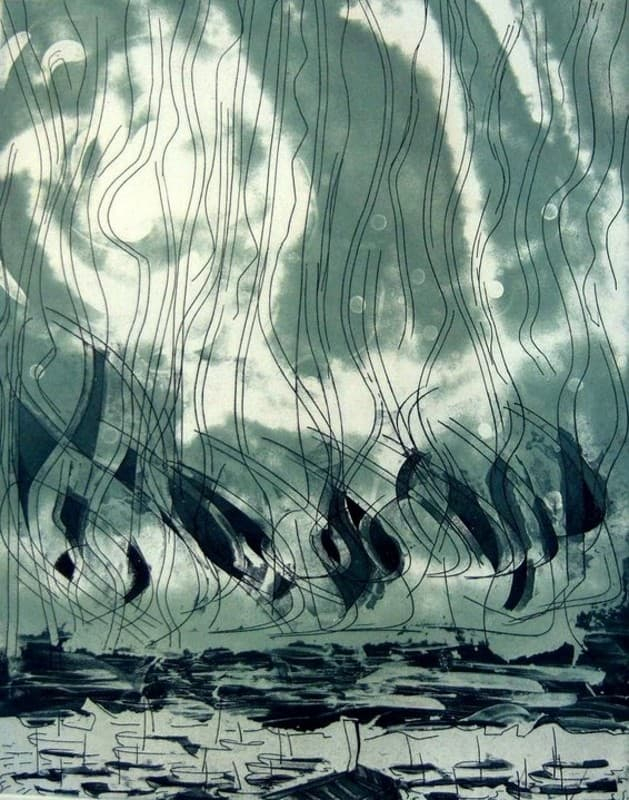Versiones y Diversiones : contemporary Méxican printmaking
Museum text for Versiones y Diversiones a national exhibition of contemporary Mexican prints at Centro de Arte Contemporáneo del Bicentenario Emilia Ortiz, Tepic, Nayarit. Autumn 2019.
Lee el texto del museo en español aquí
VERSIONES Y DIVERSIONES brings together the works of over 50 contemporary Mexican printmaking artists. The exhibition contains a broad range of artists whose works vary in content, scale and technique. It is testimony to the robust and dynamic printmaking culture that exists today throughout Mexico.
The prints in this exhibition range from the highly personal and intimate to the collective and universal, whether it is abstract or representational, real or surreal, symbolic or explicit, microcosm or macrocosm (and there is all of this and more in the exhibition), each work speaks with a clarity that belies the complexity of printmaking production. What connects the work is a confidence of expression that speaks directly to the viewer.
There is a powerful graphic sensibility that can be seen everywhere in Mexico; recognizable in geometric patterns, strong outlines, bold shapes, light and dark contrasts, and positive and negative forms that seem to swarm with life. This graphic sensibility can be seen animated through time from the bold symmetry of Olmec artefacts to the cool geometries of contemporary Mexican architecture. It is everywhere, in commonplace shop signs and elaborate murals, intricate tattoos and the mathematical beauty of brickwork, in Oaxaca embroidery and Huichol beadwork. It runs deep and circulates through the blood of México and it is mixed in with everyday life, family, labour, sex, death, and politics. It is bold, beautiful, intense and hallucinatory. It is not surprising that printmaking, the quintessential graphic art, finds such extraordinary expression here.
The nature of graphic art is clarity of communication. At its best, printmaking uses complex processes to produce works of art that communicate meaning and feeling with clarity of expression; in other words, to make the complex simple without being simplistic. The German Renaissance artist and printmaking innovator Albrecht Dürer, after a lifetime of printmaking, came to the conclusion that simplicity is the greatest adornment of art.
The complexity of printmaking is in the array of processes and techniques involved in producing a print. Prints are created by transferring ink from a matrix to a sheet of paper or other material, by a variety of techniques. Common types of matrices include: metal plates, usually copper or zinc, or polymer plates for engraving or etching; stone, aluminium, or polymer for lithography; blocks of wood for woodcuts and wood engravings; and linoleum for linocuts. Screens made of silk or synthetic fabrics are used for the screen-printing process. If this sounds complex it’s because it is, and herein lays the beauty of the works in this exhibition. Each work conceals the complexity of its production in the quality of the image and through its graphic sensibility, each work manages to express, with seeming simplicity, the complexity of what it is to be human, to feel and to be alive in the world.
The techniques of printmaking are technologies of reproduction, in other words, printmaking produces multiples. But it is important to note that each print is unique. It is an impression from a surface onto paper, like footprints on sand. Just as experience is impressed on the body, or memory is impressed on the mind. Each print marks a moment in time, a rhythm that repeats but is never the same.
















